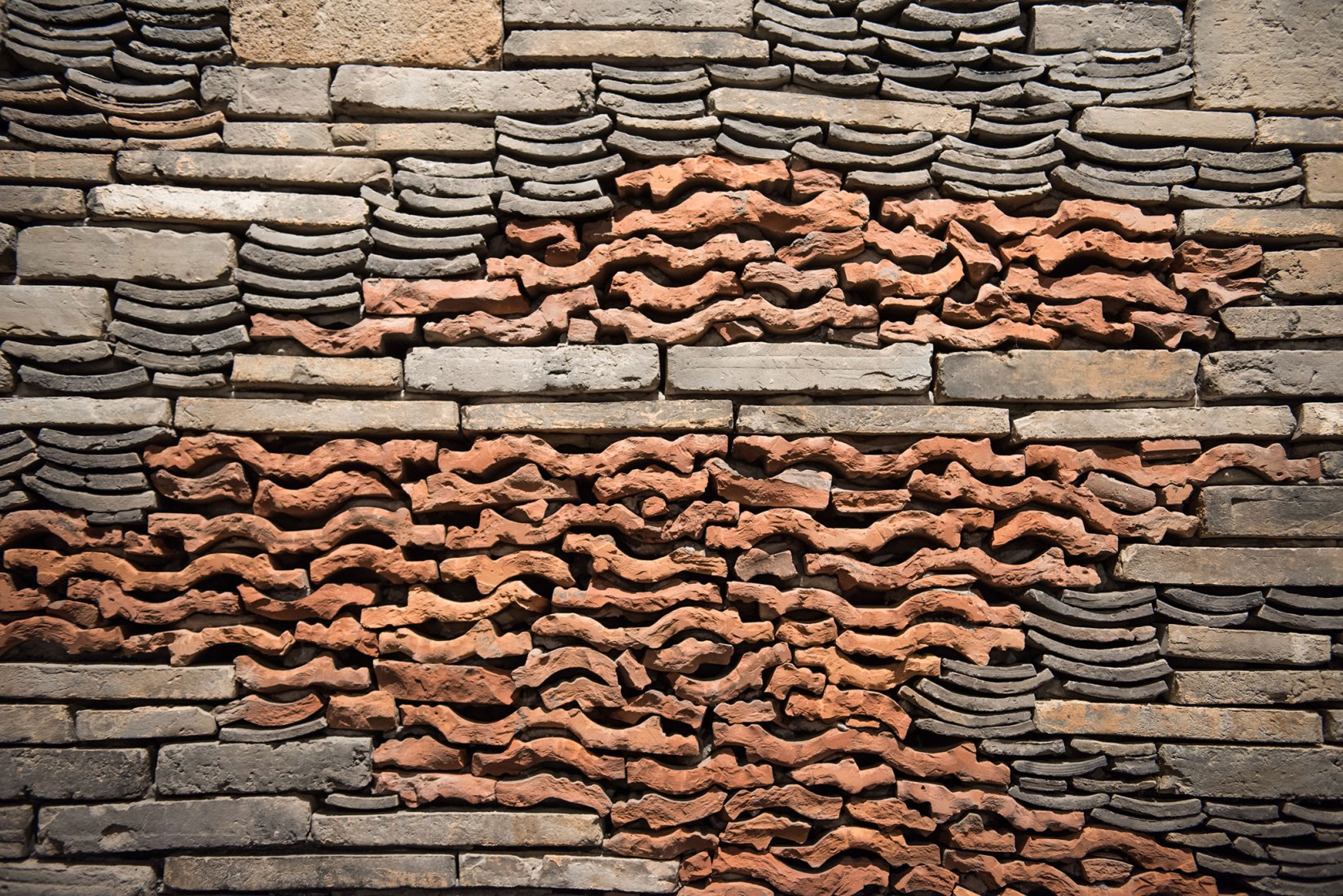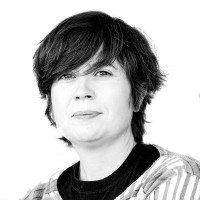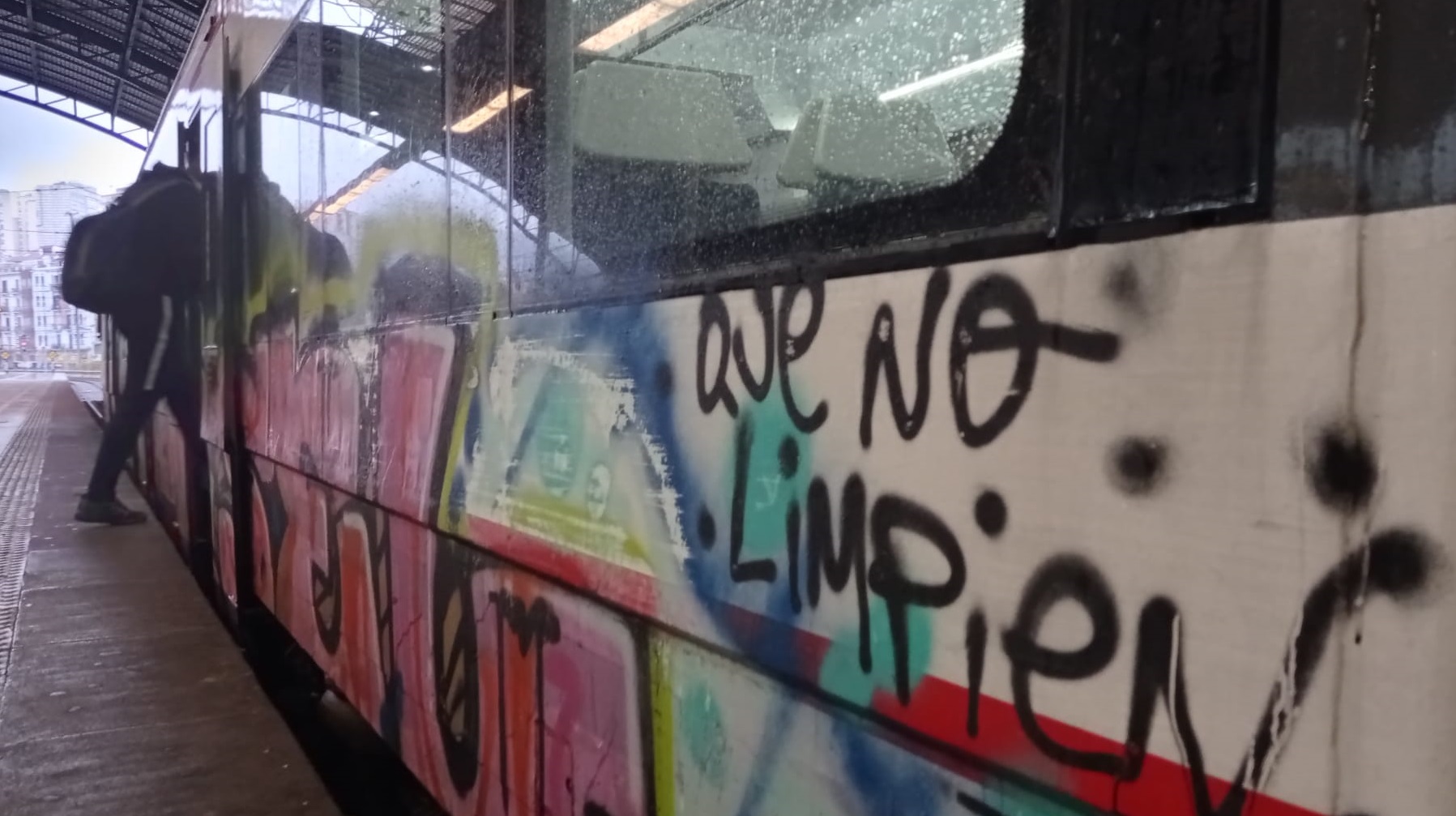Living change
- Heidegger pronounced in 1951 a conference entitled Building, Living and Thinking. II. The World War gathered in it thoughtful ideas about the German ashes, completely destroyed. How can we rebuild a country since the disaster? How to respond to an emergency housing shortage? How to create a city model that sustains future coexistence? These questions have full relevance in the current political and social context and a need for creative, humane and tedious answers. The pillars on which the central exhibition of the Mugak Architecture Biennale is based have been rebuilt, resurrected and reinvented.

This autumn the fourth edition of the International Biennial of Architecture of the Euskadi Mugak has been organized. This year it has gathered the varied programming that has spread to Basque capitals through conferences, round tables, walks, ephemeral pavilions and various exhibitions. For example, nightclubs. Initiative of the bumping temples on the Guipuzkoan coast: Tour proposed by the architectural studio BeAr Architects to visit the discotheques of the Guipuzkoan coast or route to visit the temples of Txitxarro, Jazz Berri, Venice or Itzela, already mythical places of our collective memory. The conference of architecture historian Beatriz Colomina or Wan Shu, winner of the prestigious architecture prize Pritzker in 2012, took place in the Kursaal of San Sebastian, among others, in the programme of the biennium.
Among all these marathon activities, we have approached the Architecture Institute of the Basque Country, the epicenter of the Biennale, to visit the great exhibition entitled The Living Change. The Bilbaíno architect María Arana has curated the exhibition, as well as the biennial, and his concerns and interests in his career are reflected in the program he proposes. The Convento de Santa Teresa, located in the Historical Quarter of San Sebastian, is today the seat of the Basque architects, and although the place of presentation of the exhibitions is quite complicated and difficult to intuit, for years they have carried out interesting projects, such as the exhibition dedicated to the architect Eileen Grey (ARGIA, nº 2.742).
Faced with the current widespread and global crisis, the discipline of architecture, beyond construction, and combined with other knowledge and knowledge – philosophy, sociology, right – can play a fundamental role in proposing alternatives with courage and creativity. The changes arising from the anthropogenic era in which the human being has been the measure and the center of everything, in the climate, in nature, in the extinction of species, in human health, have caused an irreversible situation. Therefore, to give effective, reflexive and critical answers to the day of tomorrow, the practice of architecture can become a space to imagine the future and to rehearse new models that take into account our environment, resources and coexistence among different. In this context, we begin with an unprecedented global crisis and disaster situation.
Therefore, the three axes that make up the exhibition The Living Change have been reconstructed, resurrected and reinvented, and thus divided into three spaces. The exhibition, much more appropriate in content than in form, raises case studies by architects.

I've been struck by the case of research from the Ningbo History Museum at China's Amateur Architecture Studio. The city of Ningbo, located on the east coast of China, is a inhabited city that currently has seven million inhabitants, but until recently was formed by mountains and farmland. With the inevitable urban reordering of the new times, these natural spaces have been demolished and have built infrastructures for a modern city. To prevent the loss of memory of this land and town, and to be faithful to the plot that would house the museum, architects Wang Shu and Lu Wenyu have used the remains and materials of the chabolas and houses that were demolished in the past to build the new museum. Thus, more than twenty types of bricks, a variety of shredded tiles and all kinds of residual material form the museum's surface, as do wrinkled skin. This building model is known as Wapan, rather than derailing and throwing away everything, the old Ningbo building model that is built with materials from previous buildings. As for the shape of the museum, the building has the shape of the mountains that appear on the horizon. Once inside, we will see caves, valleys, cracks, a natural landscape of geological forms. Ningbo's is a museum model that bears the memory of a village.
In the Berpiztu section we have stopped in the project presented by the architect Marina Otero Vernizier, along with Katía Truijen, René Boer and María Mazzanti. Under the title Property Architectures (2019) address the issue of occupation, treating occupation as an architectural practice. Nowadays, in the media, even in advertising campaigns without complexes, they disseminate in the face of all negative and false messages about the occupation, unequivocally criminalizing the practice of occupation: unfortunately, we move in a logic that is above the right to private property, to housing, even more so in the Spanish State. The project, a witness to the Dutch case, invites us to look at the logics of the occupation from another point of view. In the Netherlands, the practice of occupation is widespread, and through the research, registration and archival work they have developed over the years, they have seen that the occupation has been an instrument for protecting the monumental heritage, creating new communities and new models of coexistence, negotiated and agreed upon. The work done by the architects has generated background and has been the basis for defining a new procurement policy of the State Archive of Architecture and Urbanism of the Netherlands.
The part that gathers the projects that arise in the attempt to imagine the world of the future, reinvents, reflects on the critical capacity of architecture, or should be, and on the capacity to generate thought. The architect Beatriz Colomina, Ignacio G. In Galán, along with the architects Evangelos Kotsioris and Anna Maria Meister, have just published the book Radical Pedagogies, the fruit of ten years of research. It contains a series of pedagogical, transformative and utopian projects that the architects of 1960 and 1970 proposed, saying in some way that we often have to look back to respond to current concerns. Creative education, transformative, inclusive and transdisciplinary pedagogical systems will be the indispensable foundation for sustaining the transformation presented to us. Perhaps the first step forward is to give way to these ideas.
Last week, during the blackout, seeing ourselves vulnerable, we began to investigate many people in order to understand what happened: how does the infrastructure that transports electricity work? Why is it getting old? I am fascinated by the physical phenomenon of electricity... [+]
Eskultura grekoerromatarrek bere garaian zuten itxurak ez du zerikusirik gaurkoarekin. Erabilitako materiala ez zuten bistan uzten. Orain badakigu kolore biziz margotzen zituztela eta jantziak eta apaingarriak ere eransten zizkietela. Bada, Cecilie Brøns Harvard... [+]
Behin batean, gazterik, gidoi nagusia betetzea egokitu zitzaion. Elbira Zipitriaren ikasle izanak, ikastolen mugimendu berriarekin bat egin zuen. Irakasle izan zen artisau baino lehen. Gero, eskulturgile. Egun, musika jotzen du, bere gogoz eta bere buruarentzat. Eta beti, eta 35... [+]
This text comes two years later, but the calamities of drunks are like this. A surprising surprise happened in San Fermín Txikito: I met Maite Ciganda Azcarate, an art restorer and friend of a friend. That night he told me that he had been arranging two figures that could be... [+]
On Monday afternoon, I had already planned two documentaries carried out in the Basque Country. I am not particularly fond of documentaries, but Zinemaldia is often a good opportunity to set aside habits and traditions. I decided on the Pello Gutierrez Peñalba Replica a week... [+]
























